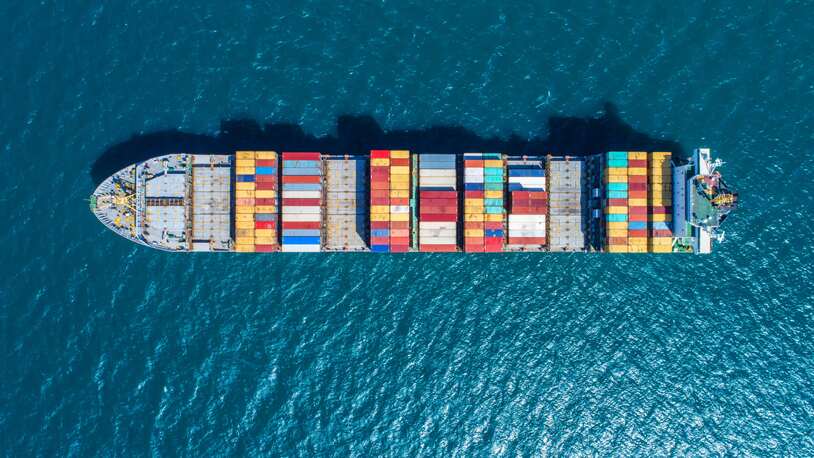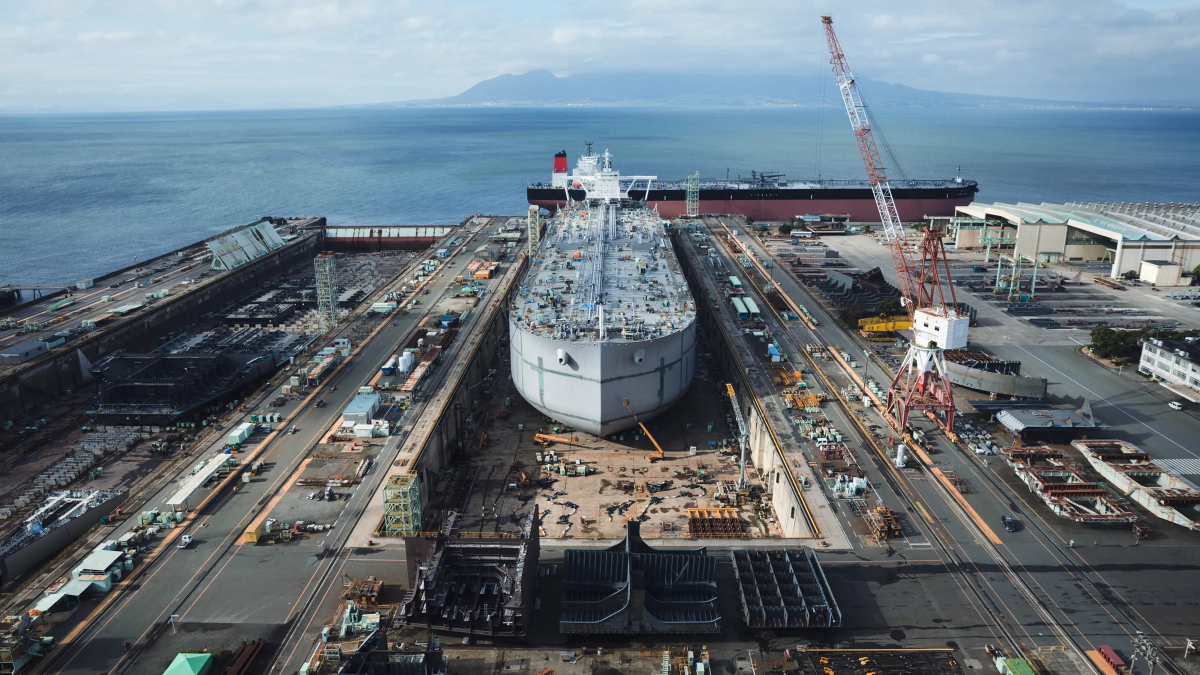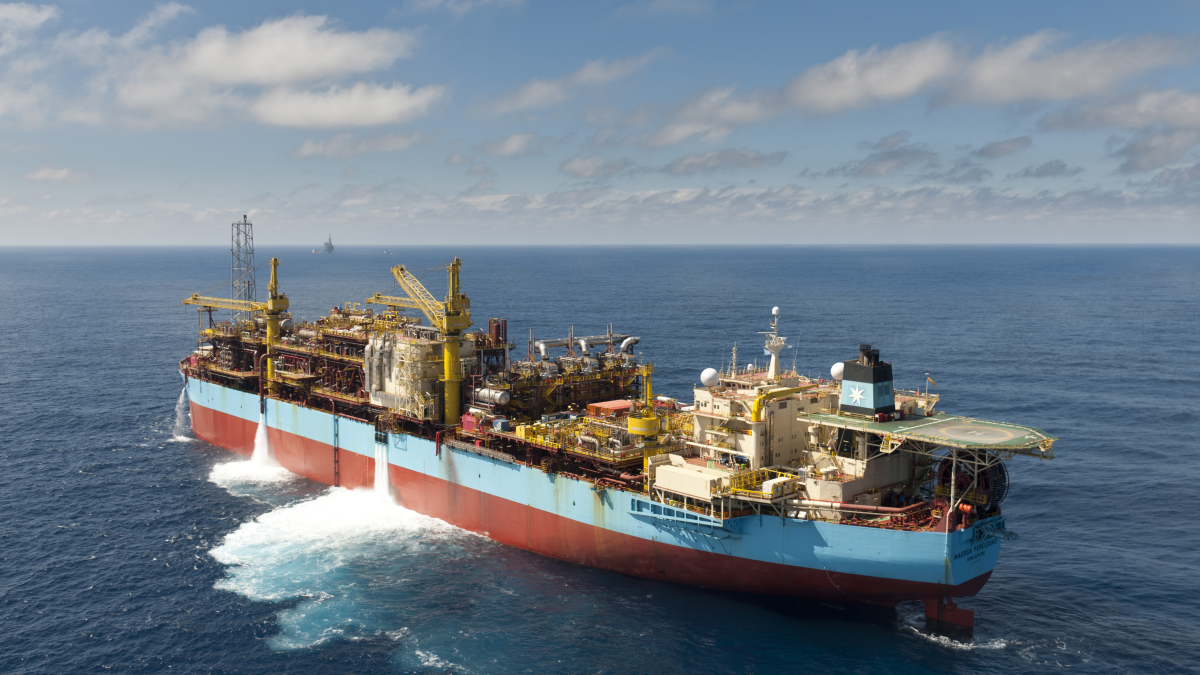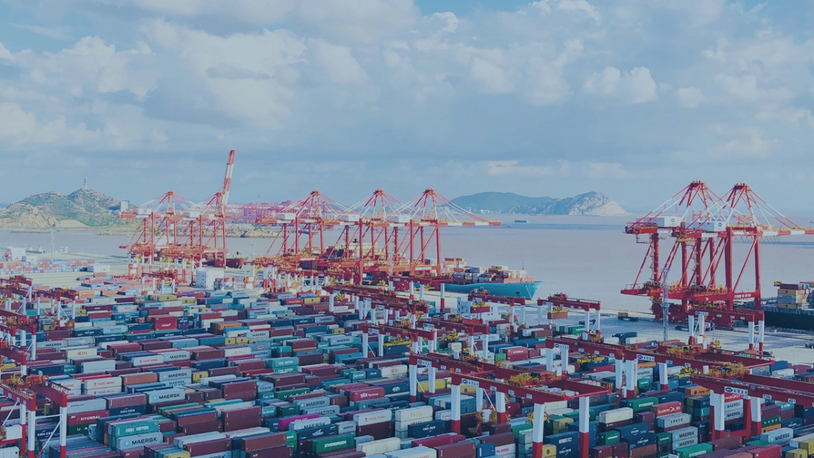Business Sectors
Contents
‘Tit-for-tat’ trade war hits US west coast ports
There has been a substantial cargo volume decline at US west coast ports hit by ‘tit-for-tat’ US-China trade war measures, says Xeneta
Xeneta reports that ports on the US west coast have seen a substantial decline in both import and export volumes in July due to, as Xeneta chief executive Patrik Berglund puts it, “the tit-for-tat measures being inflicted on both sides.” This lack of demand is impacting on carrier rates. August saw a month-on-month decline of 2.6% for the exports index, while imports edged into the positive with a 0.1% rise.
Far East imports on the Xeneta XSI public indices failed to break free from an established pattern that has seen the benchmark fall by 17.1% year-on-year, although the 0.1% decline in August was at least marginal. Exports fared better for the period, rallying by 1% after a 4.8% decline the previous month.
Despite the best efforts of individual carriers to buoy long-term contracted ocean freight rates, the global market remains on a downward trajectory, with global rates falling by 0.3% through August. The figures, revealed in the latest XSI Public Indices report from Oslo-based Xeneta, continue a pattern of decline that, with the exception of an unexpected rates rise in May, has been on-going since mid-2018.
Mr Berglund said “The index has now fallen by 2.7% since that upwards surge in May and the carriers, despite their best efforts, are struggling to alter that course.”
Mr Berglund points to the Far East-North Europe trade where higher rates at the start of August have turned into reductions from 1 September, despite carriers ‘blanking’ sailings to support them (150,000 TEU was withdrawn from the market during the peak season of July/early August). As such, the rise of 5.7% in the European import benchmark in July has been followed in August by a 1.4% slump. Exports posted a small increase of 0.6%.
“Although the news is not necessarily good for the carrier community as a whole, we should avoid painting everyone with the same brush,” he cautioned. “If we assess individual carrier performance, we see diverging fortunes. For example, Maersk Group reported an underlying net profit of US$134M for the second quarter, representing a substantial increase on the US$15M reported in the same period last year. Hapag-Lloyd has also performed well, reporting a net profit of US$56M off the back of average revenue of US$1,071 per TEU, compared with Maersk’s US$934. These are good results.
But in contrast he said that “at the other end of the spectrum HMM has continued to bleed cash, posting a loss of US$88m, despite a jump in revenues and volumes of 11% for the past three months. So, it’s clear to see that individual businesses are coping with the tough market with widely varying success, or lack of it.
“In the same way individual trades are displaying different fortunes, so it is imperative for all players in the freight value chain to keep an eye on the market and digest the latest intelligence. That is really the only way to get the best value in rate negotiations.”
Related to this Story
Events
International Bulk Shipping Conference 2025
Tankers 2030 Conference
Maritime Navigation Innovation Webinar Week
© 2024 Riviera Maritime Media Ltd.














